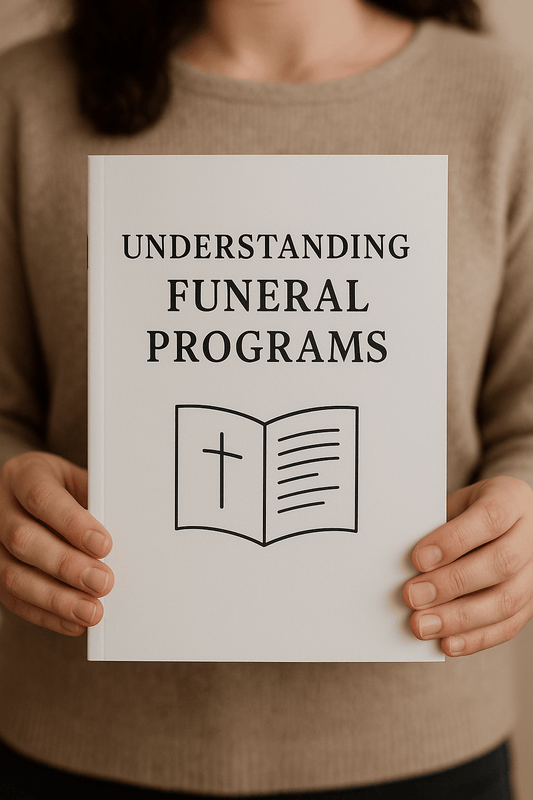What Is A Funeral Viewing?

A funeral viewing, also known as a wake or visitation, is an opportunity for family, friends, and acquaintances to pay their final respects to the deceased in a more personal and intimate setting. Typically held before the funeral service, a viewing allows attendees to see the deceased, offer condolences to the grieving family, and find a sense of closure. This article explores what a funeral viewing is, its purpose, how it differs from a funeral service, and what to expect when attending one.
Purpose of a Funeral Viewing
The primary purpose of a funeral viewing is to provide a space for mourning, reflection, and support. It serves as a moment for loved ones to come together, share memories, and offer comfort to each other during a time of loss. For many, seeing the deceased one last time can provide a sense of closure, helping them to process their grief and begin healing.
What Happens at a Funeral Viewing?
A funeral viewing is generally a more informal gathering compared to a funeral service. It allows attendees to visit at their convenience within a set timeframe. Here are some common elements of a funeral viewing:
1. Open or Closed Casket
During a funeral viewing, the casket may be open or closed, depending on the family's wishes and cultural or religious practices. An open casket allows attendees to see the deceased and say their goodbyes in a personal way. However, some families may prefer a closed casket for privacy, religious reasons, or due to the condition of the deceased.
2. Condolences and Support
Viewings provide a time for attendees to express their condolences to the family and offer emotional support. It is common for mourners to share stories, memories, and comforting words with the grieving family members.
3. Display of Personal Items and Photos
Many families choose to display personal items, photographs, and mementos that celebrate the life of the deceased. These displays may include favorite belongings, awards, or even a slideshow of memorable moments, providing a comforting reminder of the person’s life and achievements.
4. Spiritual or Religious Elements
Depending on the family’s beliefs and traditions, there may be spiritual or religious elements incorporated into the viewing. This could include prayers, scripture readings, or blessings led by a clergy member or celebrant.
Location and Atmosphere of a Funeral Viewing
Funeral viewings are typically held at a funeral home, but they can also take place at a church, family home, or another suitable location. The setting is generally calm and reflective, with soft music, flowers, and a quiet atmosphere. The arrangement often includes seating for attendees, allowing them to sit, reflect, and offer their condolences comfortably.
Funeral Home
Most funeral viewings are held at a funeral home, where professional staff can provide a serene and organized environment for the gathering. Funeral homes are equipped to handle all the logistical needs of a viewing, including setting up the room, arranging the casket, and managing the flow of attendees.
Church or Place of Worship
For those who prefer a religious setting, a viewing may be held in a church or place of worship. This provides an opportunity to incorporate more spiritual or religious customs into the event.
How a Funeral Viewing Differs from a Funeral Service
While both a funeral viewing and a funeral service are important parts of saying goodbye to a loved one, they serve different purposes and have distinct characteristics:
1. Purpose
A funeral viewing focuses on providing a time for personal reflection, mourning, and offering condolences, while a funeral service is a more structured ceremony designed to honor and celebrate the life of the deceased.
2. Atmosphere
The atmosphere of a viewing is generally more relaxed and informal, allowing attendees to come and go at their convenience. In contrast, a funeral service is more formal, with a set schedule, readings, music, and eulogies that follow a planned order.
3. Timing
Viewings typically occur before the funeral service, often lasting several hours to allow people to attend as their schedules permit. Funeral services usually have a specific start and end time and are more focused on rituals and ceremonies.
What to Expect When Attending a Funeral Viewing
If you are attending a funeral viewing, it is helpful to know what to expect and how to behave to show respect to the grieving family. Here are some general guidelines:
1. Dress Appropriately
Attendees should dress in conservative and respectful attire. While all-black clothing is not mandatory, it is best to choose subdued colors such as navy, gray, or dark green. Avoid wearing bright colors or casual attire.
2. Offer Condolences
Express your condolences to the family members, but keep your words simple and sincere. Phrases like "I'm sorry for your loss" or "Your loved one will be missed" can provide comfort without being overly elaborate.
3. Follow the Family's Lead
Every family is different, and the way they choose to grieve and remember their loved one will vary. Follow their lead regarding the tone and nature of the gathering. Some may prefer a quiet and reflective atmosphere, while others may encourage sharing memories and stories.
What Is A Funeral Viewing Conclusion
A funeral viewing provides a meaningful opportunity for family and friends to gather, offer support, and say their goodbyes to a loved one. Understanding what a viewing involves and its significance can help attendees feel more prepared and comfortable during this important part of the grieving process. Whether held at a funeral home, church, or another setting, a viewing is a valuable moment of reflection, connection, and healing for all who attend.
© The Funeral Program Site ~ Funeral Program Templates and Cancer Ribbons













































